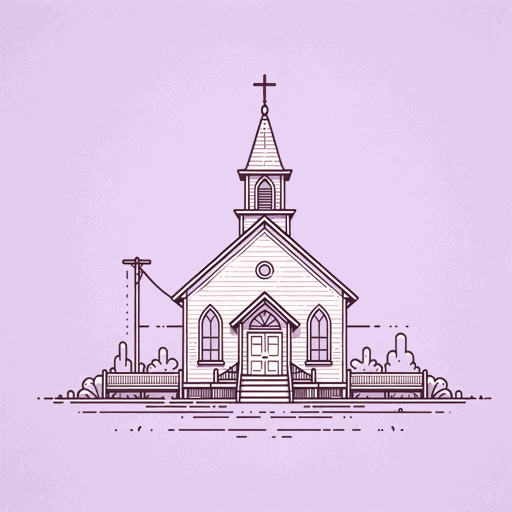47 pages • 1 hour read
Casey CepFurious Hours: Murder, Fraud, and the Last Trial of Harper Lee
Nonfiction | Book | Adult | Published in 2019A modern alternative to SparkNotes and CliffsNotes, SuperSummary offers high-quality Study Guides with detailed chapter summaries and analysis of major themes, characters, and more.
Symbols & Motifs
Big Tom’s Briefcase
In Chapter 22 Tom Radney gives Harper Lee a briefcase full of an exhaustive record of Willie Maxwell’s legal adventures. The briefcase is a symbol for the truth about Willie and his motivations. Packed with legal documents related to Willie’s lawsuits and information about his insurance policies, the briefcase allows Lee to unravel to some extent how the desire for insurance money played in Willie’s actions.
Radney owned these materials, meaning Willie’s guilt should have been just as obvious to him. The briefcase therefore symbolizes Radney’s willingness to ignore guilt and crime for the sake of profit by mounting a vigorous a defense for his client.
The briefcase makes one last appearance when Lee’s estate hands it over to Cep and one of Radney’s granddaughters, an event Cep recounts in the Epilogue. These materials are the only publicly available part of Lee’s literary estate, making the briefcase an important symbol for Lee’s incomplete literary legacy.
Horseshoe Bend
Horseshoe Bend is an oxbow lake of the Tallapoosa River. An oxbow lake is what’s left when a meander from a river peters out. In Furious Hours Cep uses Horseshoe Bend as a symbol for the futility of Harper Lee’s attempts to publish anything after To Kill a Mockingbird.

